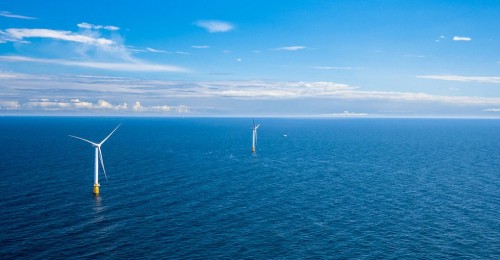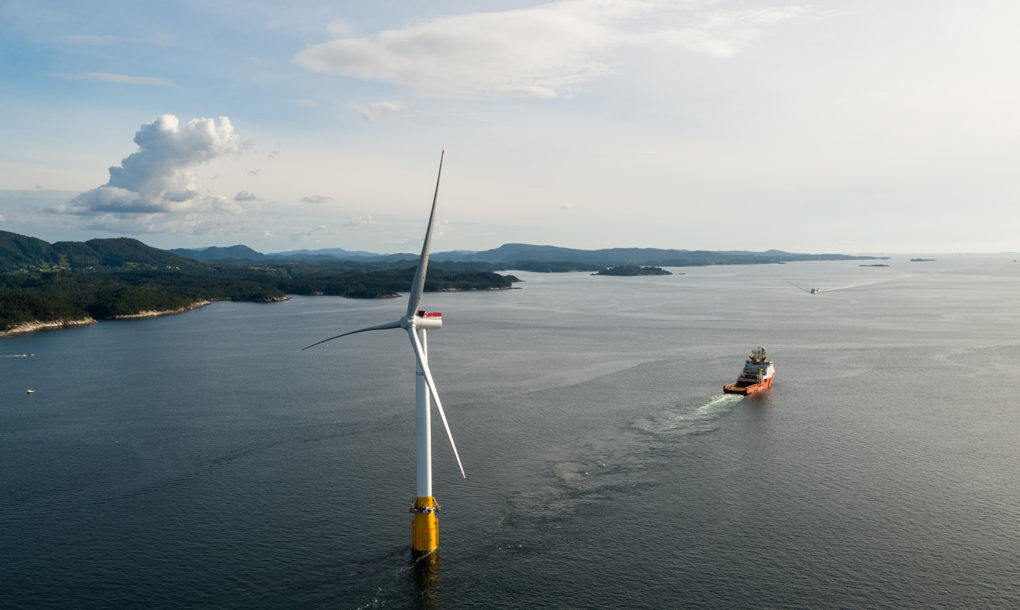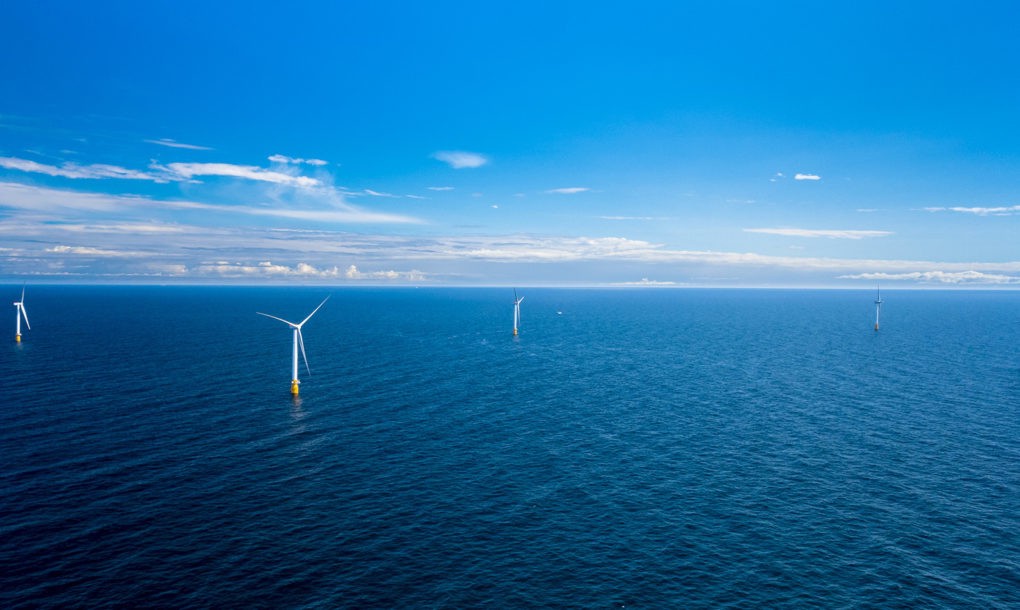RECOMMENDED VIDEOS

sunfire: Alternative fuels from air, water and renewable…
Sunfire GmbH

Free Energy from Biomass
Nature's Furnace Inc

Preformed Line Products–DPW Solar Manufacturing Capabilities
Preformed Line Products Company

Taiace Engineering : Total Energy Products For Building
Taiace Engineering Sdn Bhd

Lutron Eco-Dim: Television Commercial
Lutron Electronics Co Inc
Related Stories
The largest solar farm apiary in the US opens this week
New study suggests that plastic waste may be transformed into usable energy
Uravu’s zero-electricity Aqua Panels produce gallons of water from thin air
104% of Portugal’s electricity consumption in March came from renewable energy
Germany Sets New Solar Record By Meeting Nearly Half of Country’s Weekend Power Demand
20 Dec, 2017

The world’s first floating wind farm just switched online
Renewable Energy & Energy Efficiency | UNITED KINGDOM | 20 Oct, 2017
Published by : Eco Media Asia
Five massive wind turbines floating in the sea near Scotland have started sending energy to the grid. Statoil, a Norwegian power company, has been working on the 30 megawatt Hywind Scotland project for several years, and it’s now up and running. The wind farm can power around 20,000 homes.

Hywind Scotland is around 15 miles from Peterhead in Aberdeenshire. As the farm’s wind turbines are floating, they can be placed in waters far deeper than those of conventional offshore wind farms. The Hywind Scotland turbines are in water depths of as much as 129 meters, or 423 feet – offshore wind turbines that are attached to the seabed are typically in depths of up to 50 meters, or 164 feet.
That figure is important because according to Statoil, 80 percent of potential offshore wind locations have water depths greater than 60 meters. And they think their floating turbines could work in even deeper waters than those of Hywind Scotland. Statoil New Energy Solutions executive vice president Irene Rummelhoff said in a statement, “Hywind can be used for water depths up to 800 meters, thus opening up areas that so far have been inaccessible for offshore wind. The learnings from Hywind Scotland will pave the way for new global market opportunities for floating offshore wind energy.”

From blade tip to the surface of the sea, the wind turbines are 175 meters, or around 574 feet, large. Scotland’s First Minister Nicola Sturgeon said the project puts the country “at the forefront of this global race and positions Scotland as a world center for energy innovation.”
Statoil and project partner Masdar are also working on an one megawatt-hour (MWh) battery storageproject, called Batwind, that will store clean power generated from Hywind Scotland.
Rummelhoff said Statoil plans to keep working on lowering costs of power from the wind farm, down to €40 to €60 per MWh by 2030.
Article from inhabitat.com
by Lacy Cooke
